Is there any city with better stories to tell than Chicago? In the 1890s, a school of sociology was formed around the idea that this city is the ideal laboratory for studying urban issues. That is still true today. Chicago’s story is America’s story. We’ve put together a list of Chicago’s best non-fiction books of the 21st Century, books whose subjects encompass almost every facet of big-city life: segregation, immigration, politics, crime, gangs, education, and economic inequality.
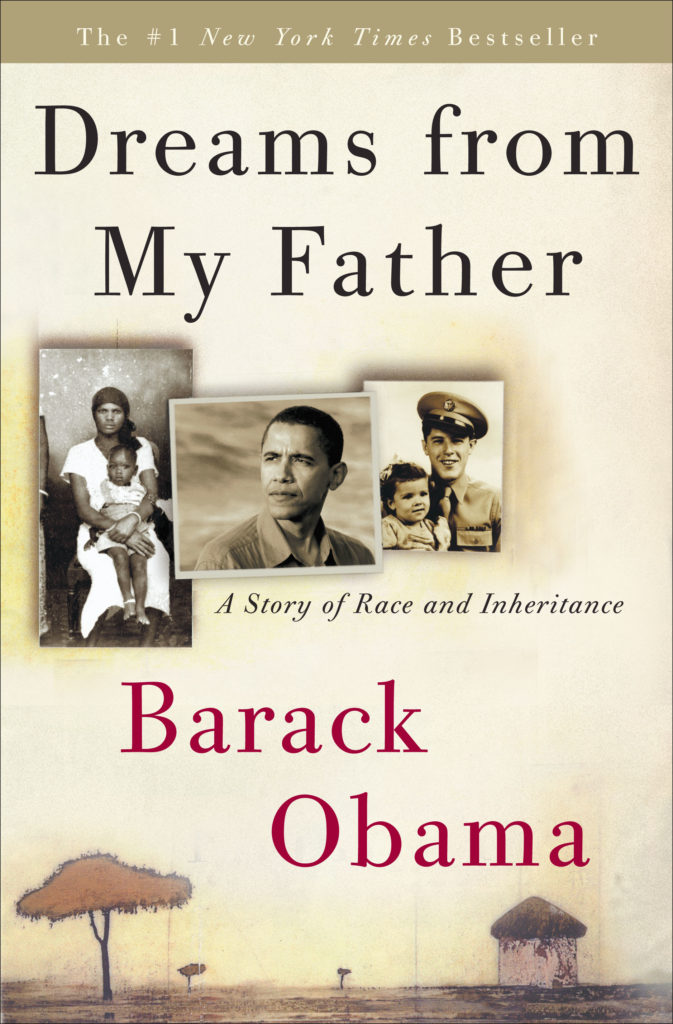
Dreams from My Father: A Story of Race and Inheritance (1995)
by Barack Obama
This book was published in the 20th Century, but few people read it until 2004, after Obama became the Next President of the United States with a speech at the Democratic National Convention. It’s a semi-fictionalized memoir (like all memoirs) of Obama’s upbringing in Hawaii, and his career as a community organizer on the South Side of Chicago, a job at which he earned $10,000 a year. Obama dismissed state Sen. Emil Jones as an “old ward heeler” who begged for a seat next to Harold Washington at a ribbon cutting. Jones didn’t hold it against him. When Obama was elected to the state senate, Jones became his “godfather,” helping him build the legislative resume that won him a promotion to the U.S. Senate.
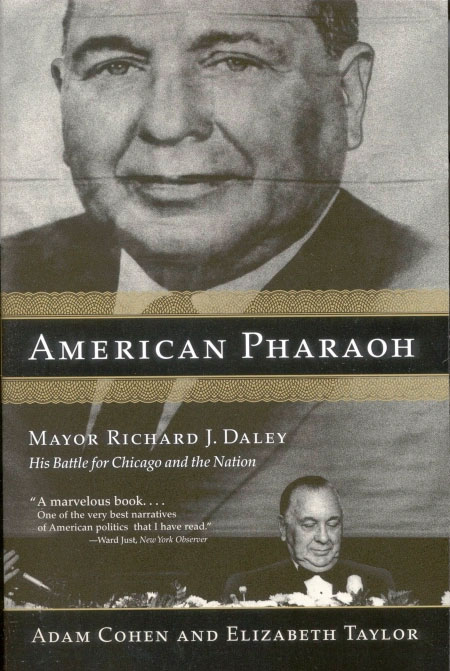
American Pharaoh: Mayor Richard J. Daley – His Battle for Chicago and the Nation (2001)
by Adam Cohen and Elizabeth Taylor
Like a pharaoh, Mayor Richard J. Daley built monuments. When he took over Chicago in 1955, downtown hadn’t seen a new skyscraper since the Great Depression. By the time he died, the Sears Tower and the John Hancock Center had risen. Like a pharaoh, Daley was also an oppressor, enforcing the city’s segregation, which confined Black residents to slums and housing projects. The authors give Daley credit for saving Chicago from the Rust Belt fate of Detroit and Cleveland. Their biography lacks the wit and style of Mike Royko’s Boss, but it’s more comprehensive, and has the perspective of history.
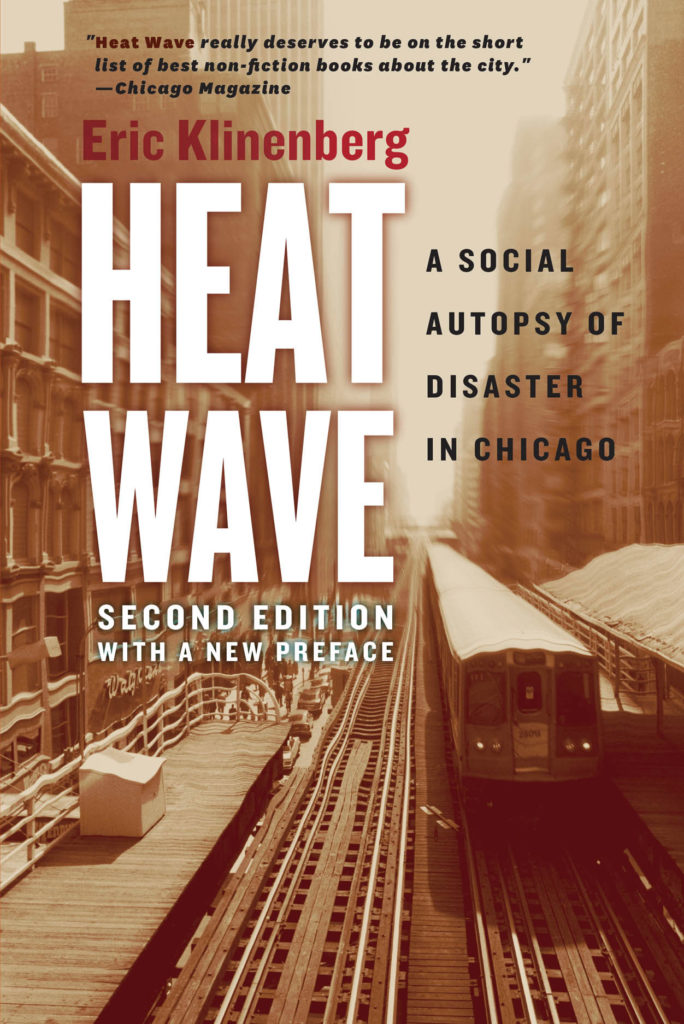
Heat Wave: A Social Autopsy of Disaster in Chicago (2002)
by Eric Klinenberg
In July of 1995, the temperature in Chicago reached 106 degrees. More than 700 people died, many of them isolated senior citizens who suffocated alone in tiny apartments. Klinenberg, a sociologist at New York University and a Chicago native, conducted what he called a “social autopsy” of the disaster. Not surprisingly, he found the causes were rooted in the eternal Chicago ills of racism, segregation, inequality and disinvestment. Those problems will always be with Chicago, but new ordinances requiring A/C units in apartments have prevented more mass heat deaths, even as summers have gotten warmer.
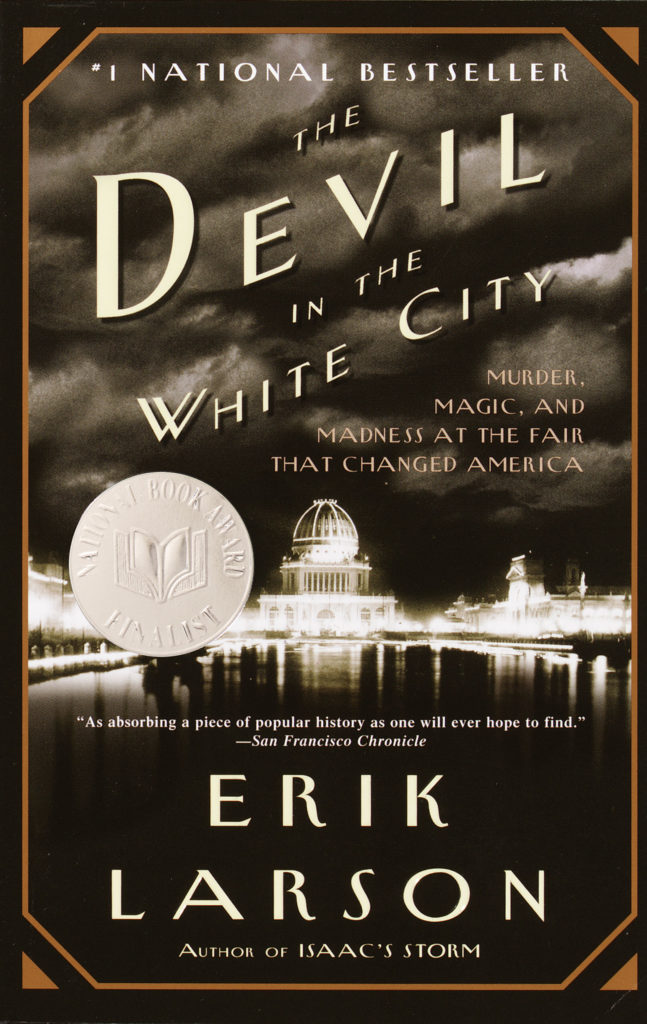
The Devil in the White City: Murder, Magic, and Madness at the Fair That Changed America (2003)
by Erik Larson
At 2.3 million copies, this may be the best selling book ever written about Chicago. Larson’s story runs on two tracks. It’s an account of the 1893 Columbian Exposition, Chicago’s debut as a world-class city. The fair was nicknamed the White City after the color of the buildings on the midway, whose construction was overseen by Daniel Burnham. Just a few miles away, serial killer H.H. Holmes was murdering and dismembering 27 victims in his Englewood hotel. Larson intertwined the biographies of Chicago’s greatest builder and its greatest destroyer.
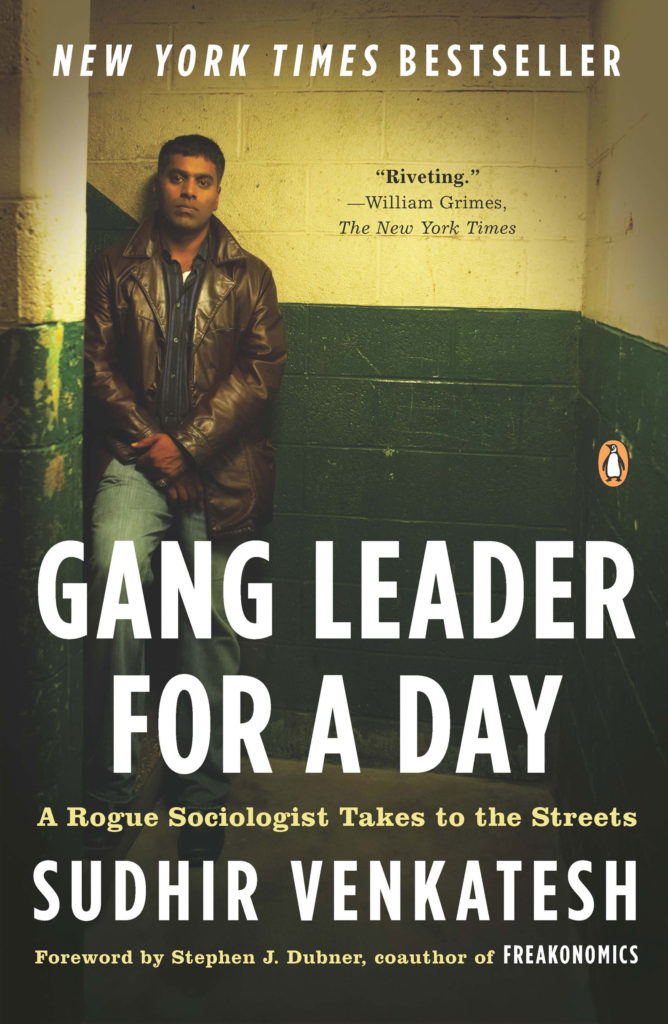
Gang Leader for a Day: A Rogue Sociologist Takes to the Streets (2008)
by Sudhir Venkatesh
University of Chicago students are not supposed to venture west of Cottage Grove Avenue. Sociology grad student Venkatesh did — with a questionnaire asking housing project residents how they felt about being poor. At first, he was taken hostage by gangbangers, who thought he might belong to a rival gang. When Venkatesh convinced them he was a researcher, he was allowed to spend seven years tagging along with the Black Kings, who sold drugs in the Robert Taylor Homes. Venkatesh’s book led to a professorship at Columbia University, leading some readers to believe he was the real hustler.
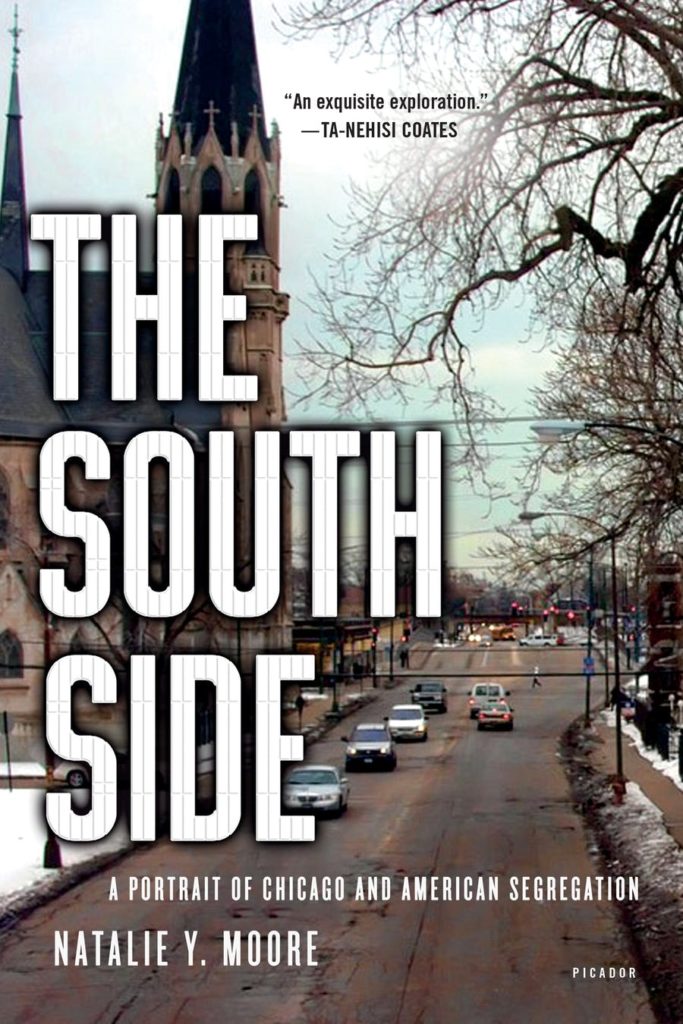
The South Side: A Portrait of American Segregation (2016)
by Natalie Y. Moore
Moore, a WBEZ reporter who grew up in Chatham and attended Morgan Park High School, takes on Chicago’s Original Sin: segregation. Segregation doesn’t just result in social isolation, but makes it difficult for Black Americans to build wealth. Businesses won’t open stores in segregated neighborhoods, which means “money doesn’t stay in the black community.” So property is worth less. In 2008, Moore paid $172,000 for a condo in Bronzeville, a neighborhood that was supposed to be “The Next Big Thing.” Five years later, it was worth $55,000. Still, Moore considers the South Side “a magical place…the heart of Black America.”
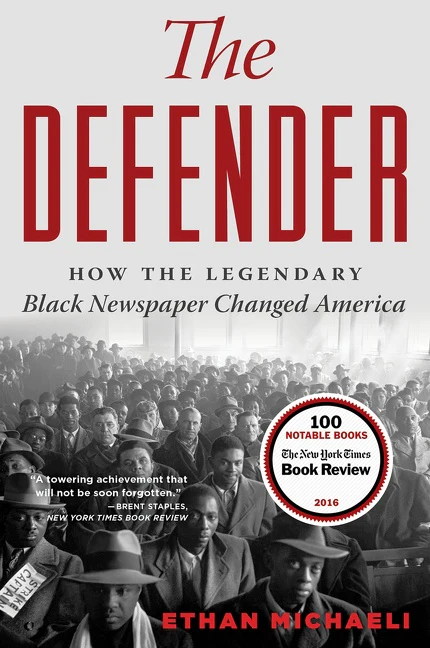
The Defender: How the Legendary Black Newspaper Changed America (2016)
by Ethan Michaeli
The Chicago Defender helped inspire the Great Migration, and build the Black Metropolis. Pullman porters distributed it all over the South, spreading stories of the better life for African-Americans in Chicago. Michaeli, who worked for the Defender in the 1990s, composed a full-length biography of the newspaper, beginning with its founding by Robert S. Abbott, who saw a niche for a Black publication when he visited the 1893 World’s Columbian Exposition. More than that, though, it’s the story of the rise of Black Chicago, from Abbott to Harold Washington to Obama.
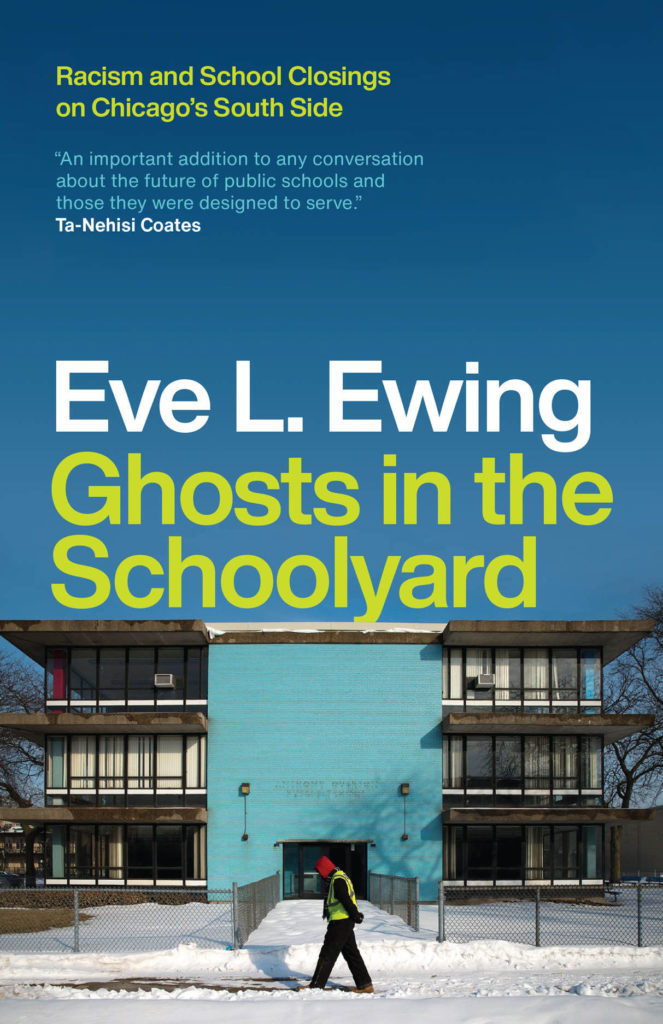
Ghosts in the Schoolyard: Racism and School Closings on Chicago’s South Side (2018)
by Eve L. Ewing
In 2013, Mayor Rahm Emanuel shut down 50 schools, mostly in Black neighborhoods on the South and West sides. Ewing, a Chicago Public Schools graduate and a professor at the University of Chicago, focuses on Bronzeville, especially on a month-long hunger strike that kept Dyett High School open. “Why do people care so much about schools the world has deemed to be ‘failing’?,” she asks. “If these institutions are supposedly so worthless, why do people fight to save them?” The answer is in the title: an empty school takes the life out of a neighborhood.
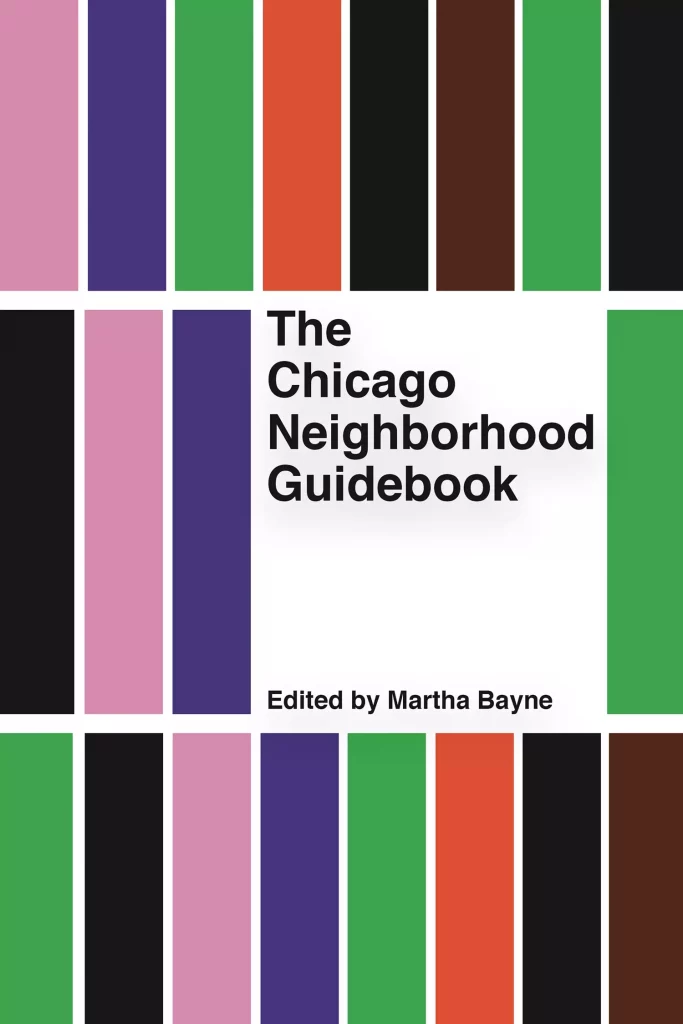
The Chicago Neighborhood Guidebook (2019)
edited by Martha Bayne
There are 77 community areas in Chicago. The 46 essays in this book do an impressive job of covering as many as possible, especially the less obvious. Read about Pudgy’s Pizza, a culinary institution in Hegewisch. Read about what it’s like to grow up as a rebellious Muslim girl in West Rogers Park. Read about hanging out in Lithuanian-only bars with your old man in Marquette Park. Read about life under the Midway Airport flight path in Garfield Ridge. Chicago, as the saying goes, is a city of neighborhoods, but it’s also a city whose residents don’t leave their neighborhoods often enough. This is armchair travel that doesn’t cross the city limits.
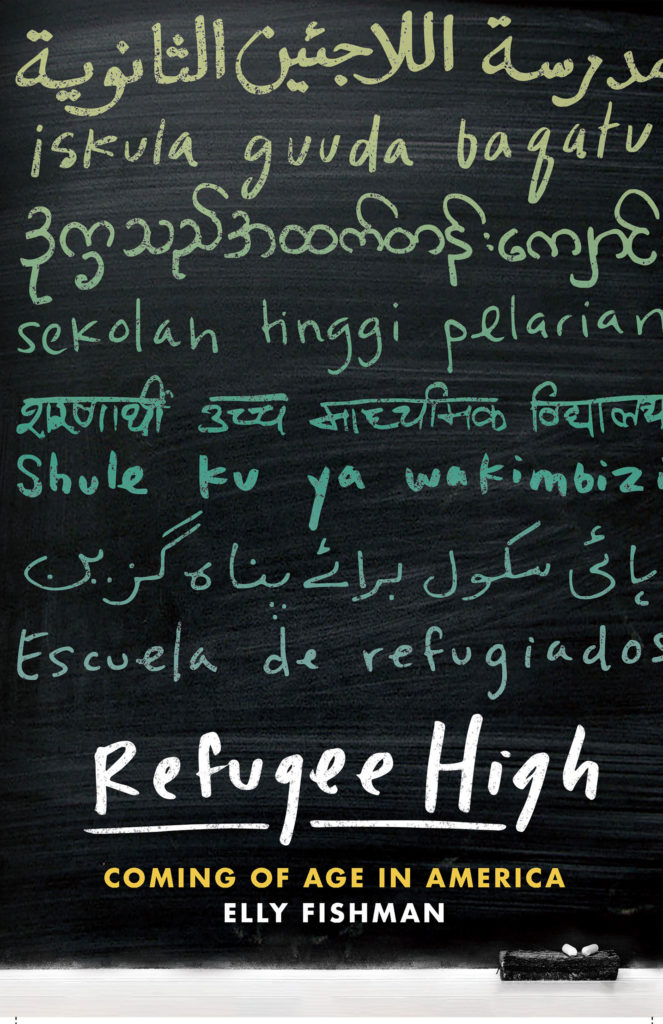
Refugee High: Coming of Age in America (2021)
by Elly Fishman
Fishman spent a year at Rogers Park’s Sullivan High School, whose students come from 35 countries and speak 38 languages. (Her book began as a Chicago magazine article.) She chronicled conflicts both between ethnic groups and within ethnic groups. After a Congolese boy is attacked by gangbangers, his family moves to Iowa. A 16-year-old Burmese girl refuses an arranged marriage so she can stay in school and get a job of her own. Sullivan High may be the most integrated piece of turf in this segregated city.
Related Content


